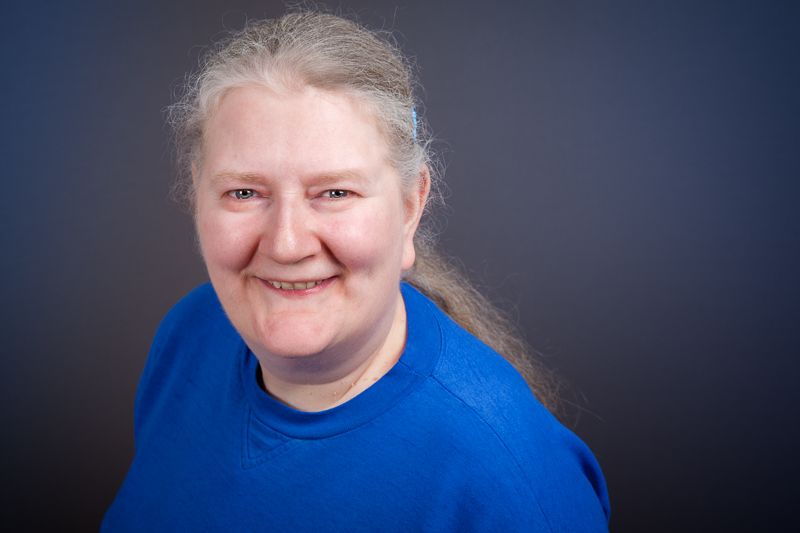
Chemist earns honour for contribution to research
Faculty of Arts and Science researcher Diane Beauchemin has earned the Environment Division R&D Dima Award from the Chemical Institute of Canada for her distinguished contributions to research and development in environmental chemistry while working in Canada.
Dr. Beauchemin joined the Department of Chemistry at Queen’s University in 1988. Among her many career achievements, she was the first to develop a speciation analysis method for arsenic in environmental samples. Her on-line leaching method facilitates geochemical exploration for undercover ore deposits. It also reveals different sources of elements in environmental samples. Several of her proposed approaches are used worldwide.
She has received many other awards over her career, the most significant being the 2017 Maxxam Award and the 2018 Gerhard Herzberg Award as she was the first woman to earn them.
She explains her environmental analysis research in more detail. "To ascertain the toxicity of arsenic, one needs to know the chemical form in which arsenic is present because some forms are carcinogens whereas others are nontoxic, such as arsenobetaine (the main form of arsenic in seafood),” Dr. Beauchemin says. “I developed a method to determine the different forms of arsenic in real samples and my group expanded the method to the simultaneous determination of different forms of arsenic, selenium and chromium, i.e., elements whose toxicity depends on their chemical form.
“I also developed a leaching method that readily allows us to see how mobile elements are in soil, through real-time monitoring of the release of elements as reagents are pumped through a soil sample. This valuable information is not available by any other method. It allows geochemists to locate new ore deposits. This is important for Canada because the minerals sector (in particular, mining, primary processing, and metal product manufacturing), directly employed 420,000 Canadians, and indirectly employed at least an additional 260,000, in 2022.”
As for the future, she says she will continue to work on various analytical chemistry projects including risk assessment of food and pharmaceutical products safety (including of insects, which are increasingly consumed but about which little is known) as well as the development of new forensic analysis methods or improvement/refinement of methods for which she published a proof-of-concept.
“The French Agency for Food Safety has collaborated on the food safety aspect, whereas forensic analysis has been in collaboration with the RCMP National Forensic Laboratories. I also have four projects in collaboration with industry to develop analytical methods tailored to their specific needs. For example, improved methods are required for the accurate analysis of metal nanoparticles and of plastic microparticles to assess their effect on the environment, our health, etc. We are optimizing a system to facilitate this. Similarly, we are working on a system that would enable assessment of how selective an anticancer drug is by quickly analyzing cells on a cell-by-cell basis for the drug in question.”
Learn more about Dr. Beauchemin on her webpage and about the award on the Chemical Institute of Canada website.

